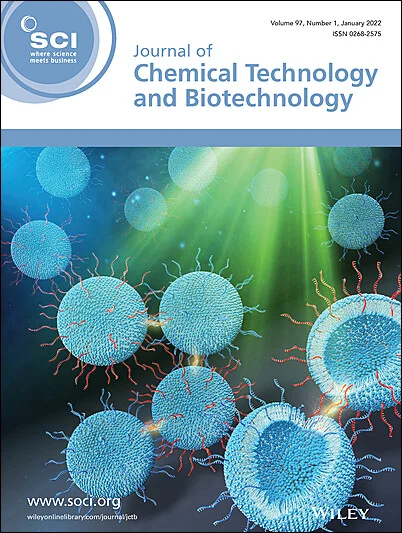From coffee waste to nutritional gold: bioreactor cultivation of single-cell protein from Candida sorboxylosa
Abstract
BACKGROUND
Industrial effluents are continuously discharged into the environment. These wastewaters contain valuable compounds that can be reused for biotechnological applications. Coffee wastewater (CWW) is a powerful effluent that can be used for single-cell protein (SCP) production reaching important content (up to 80%). Several yeast species can be used for SCP production, but Candida species are commonly applied for this purpose (17 species reported including the novel C. sorboxylosa). In addition, SCP can be produced in bioreactors under controlled conditions under three operation modes. Thus, batch mode is frequently used but continuous mode presents interesting advantages in economic terms, although it has been poorly applied in SCP production.
RESULTS
The initial evaluation under batch operation mode showed that volumetric oxygen transfer coefficient (kLa of 101 h−1) improved biomass production (1.39 g L−1) and SCP yield (59.9%) in C. sorboxylosa. Thus, continuous mode was established at selected kLa and feeding with optimized medium composed of 87.5% (v/v) CWW, 1.38 g L−1 yeast extract, and 7.24 g L−1 (NH4)2SO4, in order to provided necessary nutrients. In this sense, the process presented higher values in dry cell weight and SCP productivity (0.57 and 0.29 g L−1·h, respectively), achieving a 3.35- and 2.90-fold increase in biomass and protein productivity, respectively, compared to batch mode. The SCP from C. sorboxylosa exhibited an interesting essential amino acid profile under continuous mode (33.704%).
CONCLUSION
The bioprocess highlights several advantages during bioreactor cultivation, including: (i) reduced energy consumption for temperature control; (ii) successful establishment of an initial continuous operation mode with promising performance; and (iii) SCP from C. sorboxylosa exhibited a notable composition of essential amino acids, which could be beneficial for potential use in animal feed. © 2024 Society of Chemical Industry (SCI).

 求助内容:
求助内容: 应助结果提醒方式:
应助结果提醒方式:


